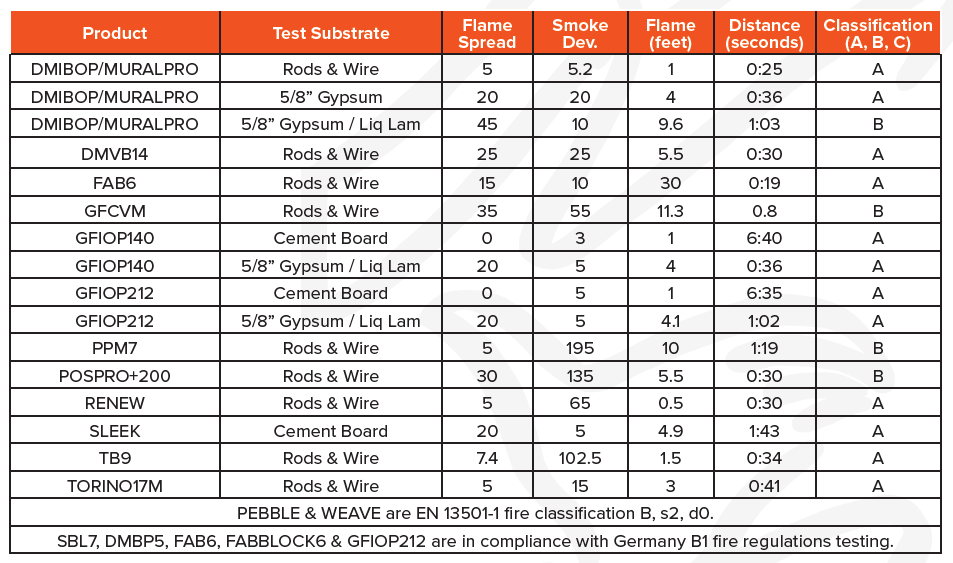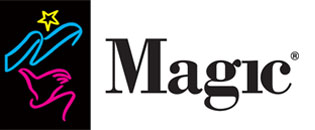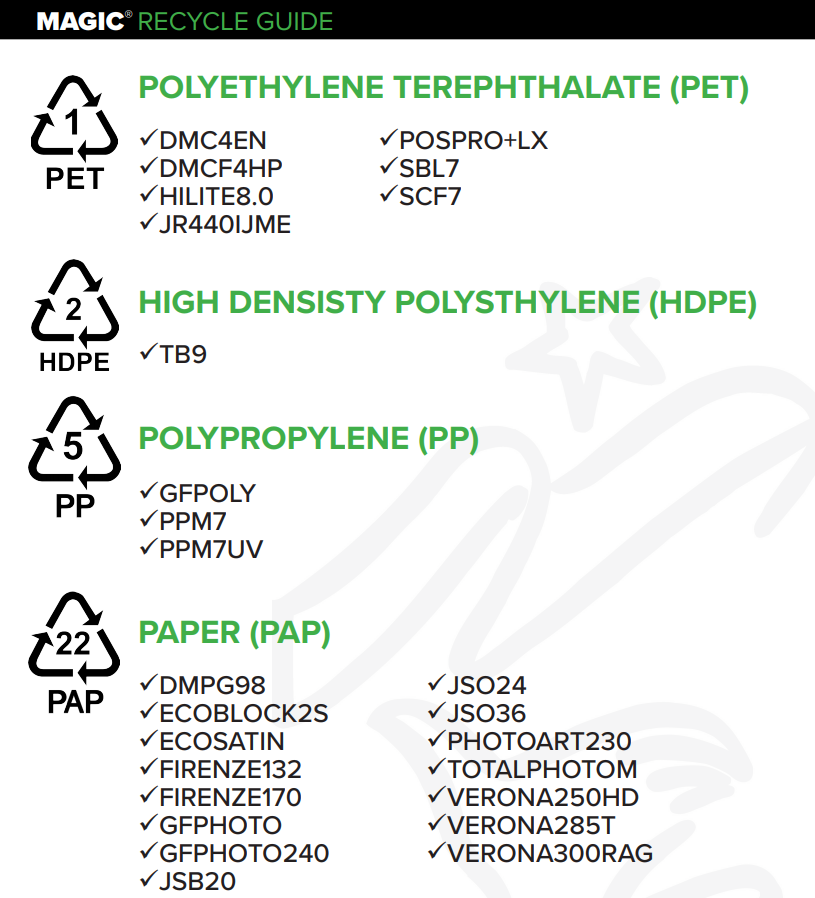FIRE TESTING
Magic display products have been tested for flammability following ASTM E84 tunnel test for surface burning characteristics of building materials. The purpose of the testing is to ensure that materials used inside buildings are not highly flammable or cause poisonous smoke. Samples are typically mounted on rods and wire or on inorganic rain forest cement boards. Commercial areas require a flame spread of 25 or less. The most stringent requirements may be for coast guard ships which require 10 or less. This test procedure is similar to UL-723, ANSI no. 2.5, NFPA no. 255, and UBC 42-1.
FLAME SPREAD The flame spread index of the material is derived by plotting the progression of the flame front on a time distant scale, ignoring any flame front recession and using one of the calculation methods described below.
A. Flame Spread Index = 0.515 At when At is less than or equal to 97.5 minute foot.
B. Flame Spread Index = 4900/(195-At) when At is greater than 97.5 minute foot. Where At = total area under the time distance curve expressed in minute foot. Class A is the desired rating. Class A material can be used in any room of a building, ship or airplanes. Class B and C can be used in all areas except hallways that lead to exits. Check local fire codes.
Class A Flame Spread 0 – 25
Class B Flame Spread 26 – 75
Class C Flame Spread 76 – 100
SMOKE DEVELOPMENT The smoke development during the test is indicated by the output of a photoelectric circuit operating across the furnace flue pipe. A curve is developed by plotting values of light absorption (decrease in cell ouput) against time. The calculated value for smoke development index is derived by expressing the net area under the curve for this material as the percentage of the area under the curve for untreated red oak. The smoke development index is expressed as:
Smoke development index = (Am-Aro) x 100 Where: Am = The area under the curve for the test material Aro = The area under the cure for untreated red oak.
FLAME DISTANCE The maximum distance the flame spreads along the length of the sample from the end of the igniting flame is determined by observation.



